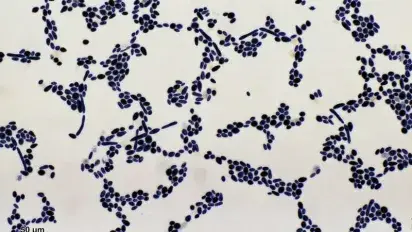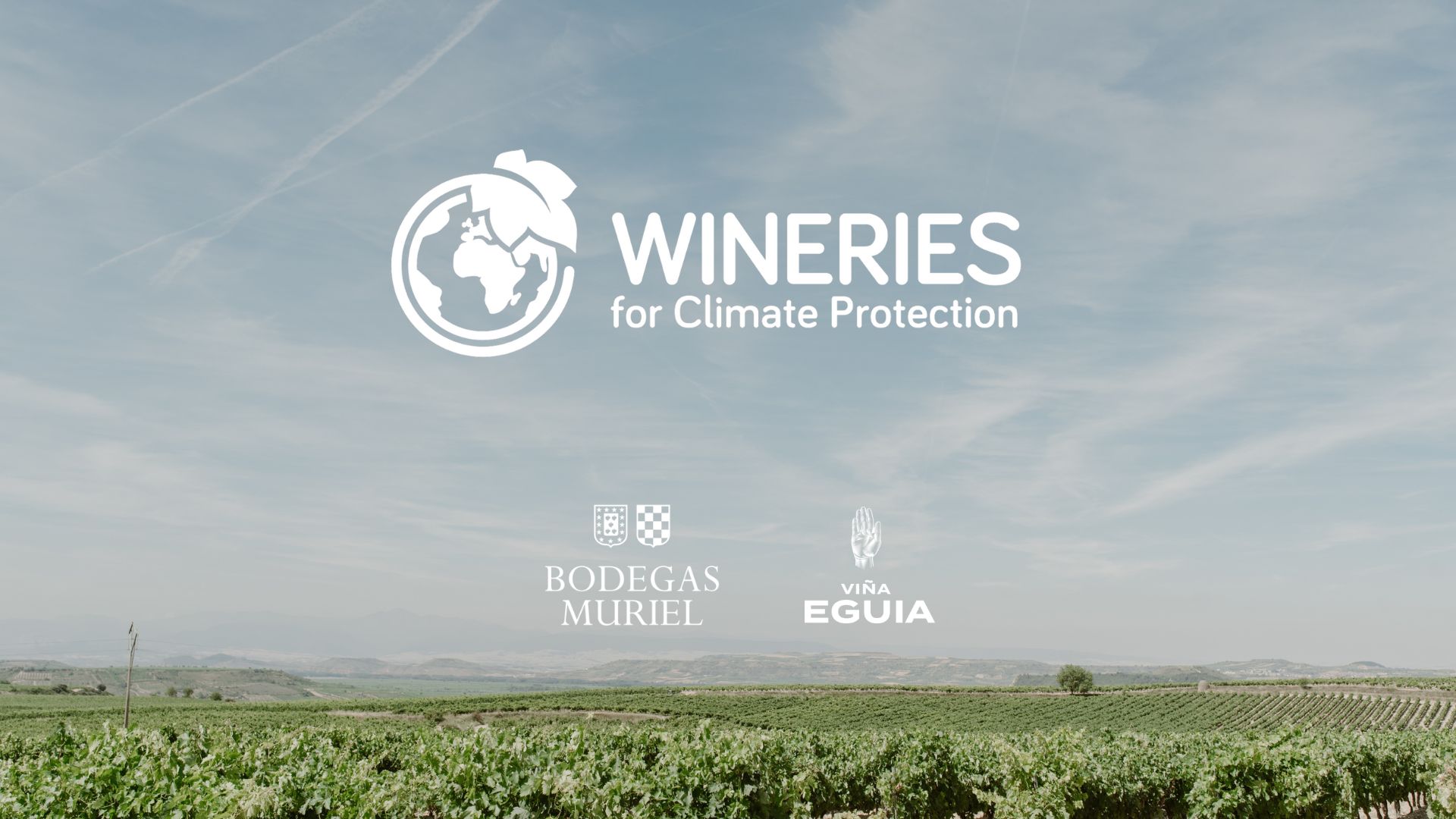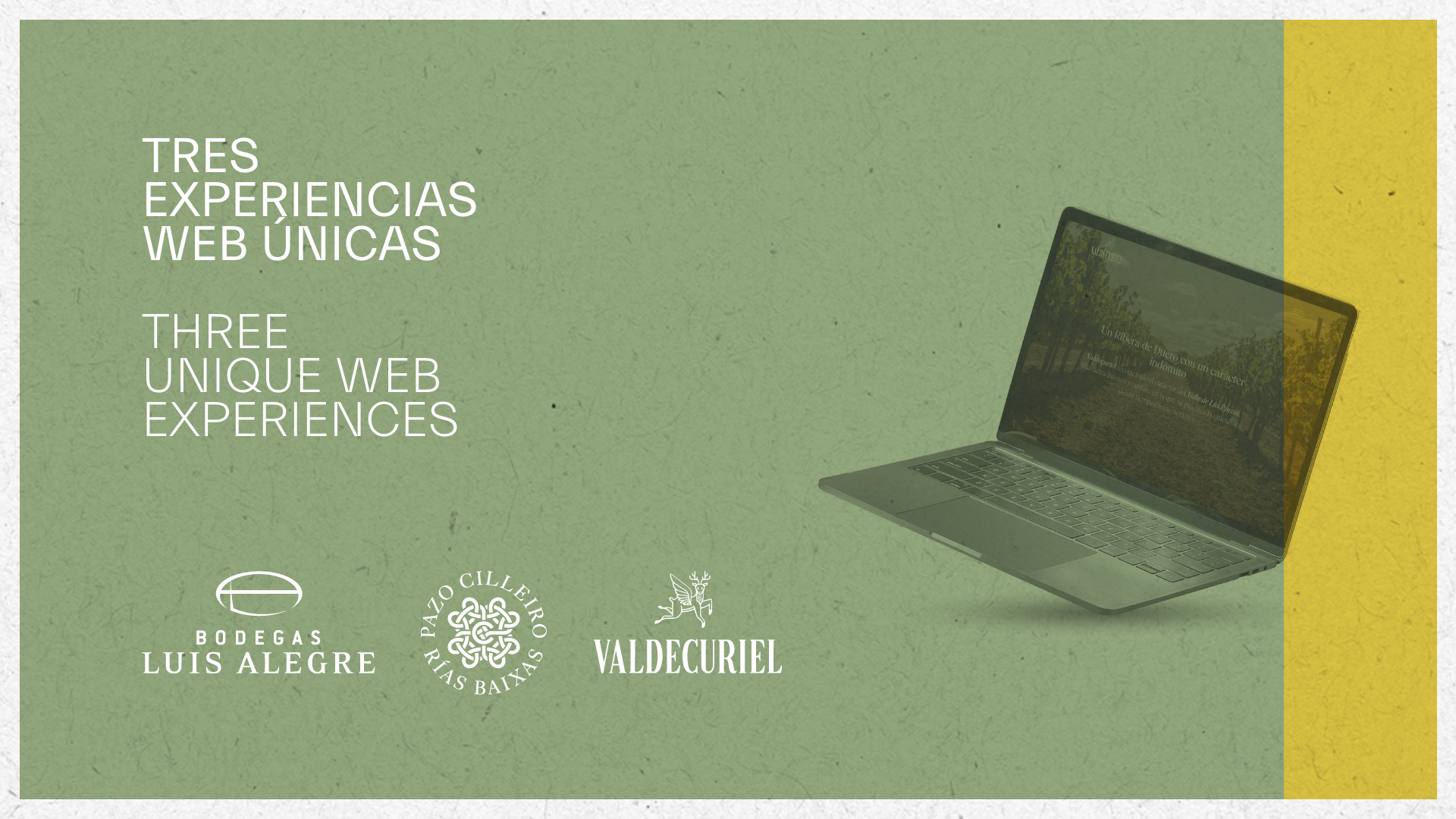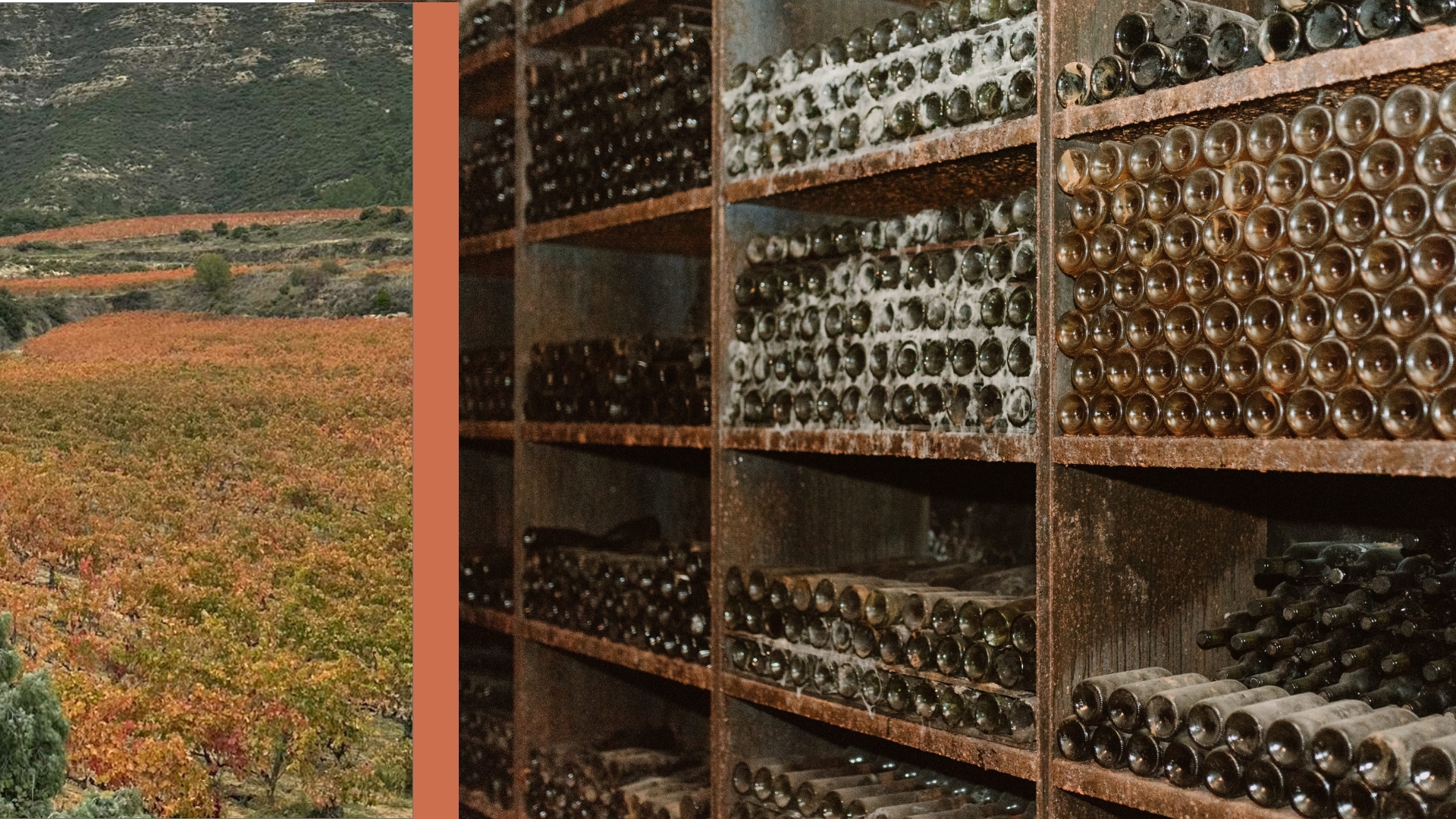In the wine world we talk a lot about wineries, varieties and terroir, but without the bunch of microbes that transform grape juice (what we call "must") into the liquid we know as wine, none of the rest of the wine story would be possible.
Please meet Ms. Saccharomyces cerevisiae
As one of the most well-known yeast species, Saccharomyces cerevisiae is specially relevant for winemaking. It metabolises (or feeds on) simple sugars like glucose and fructose found in grape must and, in turn, produces ethanol and CO2, along with a whole host of other by-products that add flavour and aroma to wine.
Alcohol is toxic to all living cells but Saccharomyces cerevisiae can actually survive at much higher alcohol levels than other species of yeast. It also survives a good dose of the universal wine 'disinfectant': sulphur dioxide (SO2). This is widely used by winemakers early on to kill off or inhibit more sensitive rogue microbes that could cause spoilage and help leave the way clear for a good strong fermentation by the right yeast.
It's often believed that yeasts come into the winery on the skin of ripe grapes, hidden in the waxy 'bloom' that coats the fruit surface. However, research suggests that S. cerevisiae is pretty rare in the vineyards, where there are a whole bunch of other yeasts (with names like Pichia, Kluyveromyces, Candida, Kloeckera, Hanseniaspora) that do appear on grape skins and almost certainly start the fermentation. These other yeasts tend to die off at around 3-4% alcohol at which point S. cerevisiae takes over and finishes the fermentation to end up with a dry wine.
There's still the question of how this yeast appears. It seems it is almost certainly from winery equipment and ubiquitous 'fruit flies' found in wineries around harvest. That's how wine might ferment naturally.
There is a huge commercial activity based on selecting strains of S. cerevisiae that have useful winemaking characteristics. These can be added to a vat early on to ensure a good strong fermentation gets under way quickly. Most winemakers use these selected yeast, while other prefer to work on "wild" or "spontaneous" fermentations using so-called indigenous yeast. This often (but not always) goes hand-in-hand with organic or biodynamic winemaking.
Whichever route winemakers choose, we have a lot to thank those microscopic workers for in making our wine.
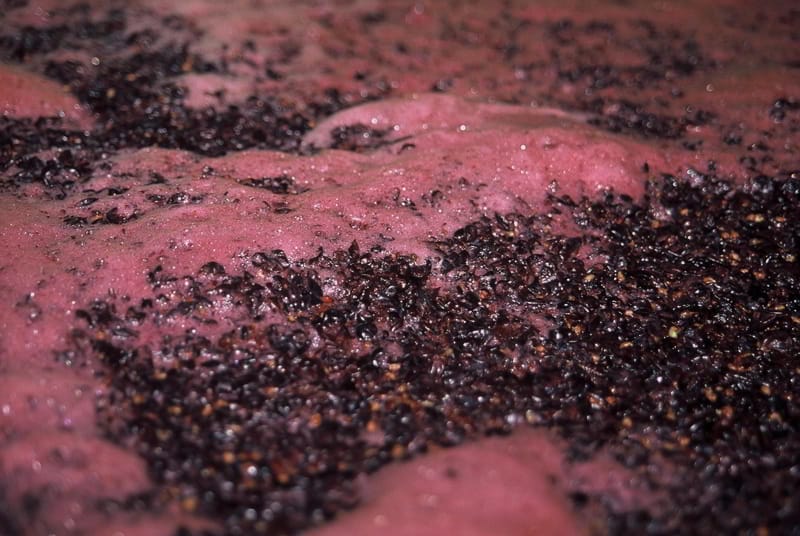
You may also be interested in:
